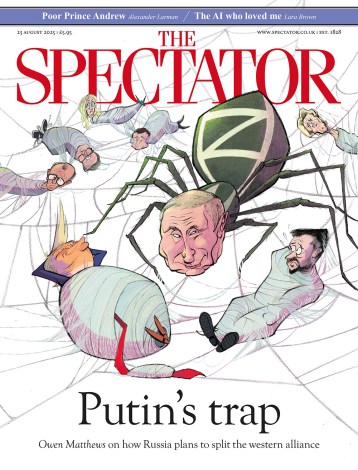Has anything in the recent past had a bigger effect on writers and writing than Twitter?
I’ve been trying to think of something – anything – in recent years that has had a bigger effect on the working day of the average writer than Twitter. And I can’t. Writing, for just about everyone who does it professionally, is the act of minimising your number of excuses for not writing. Nigel Farndale’s recent piece in the magazine addressed the problem of views; Julian Barnes, for instance, can only work if he’s facing the blank wall of his study. It reminded me of David Niven, who saw a plane flying over as ‘a bonanza – I’ll watch that for hours’. Eventually he had to retreat to a chair














